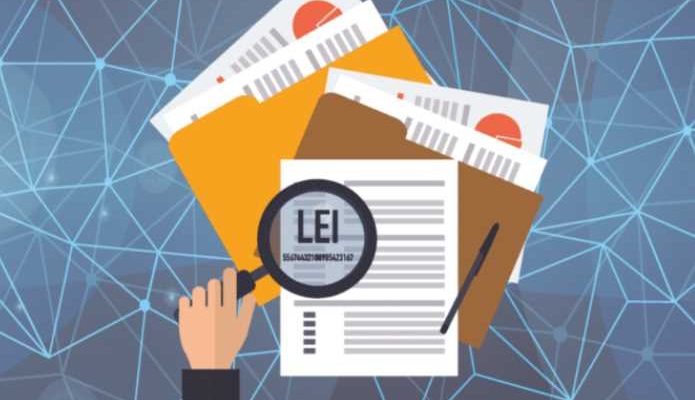LEI, which stands for Legal Entity Identifier is a 20-digit unique character or identification number that is assigned to a company and can be used to help identify it for transactions and commercial purposes, as well as for regulatory reporting purposes, anywhere in the world.
Who assigns LEI numbers in the first place?
As a result of the G20’s conception of the Legal Entity Identifier (LEI) Code, the Financial Stability Board (FSB) established a new oversight committee to oversee the LEI Code’s implementation. The Global Legal Entity Identifier Foundation is the name of the organisation that is responsible for this task (GLEIF).
The G20 devised this system in 2011, which is also known as the Global Legal Entity Identifier System (GLEIS). Global Legal Entity Identifier Foundation (GLEIF) oversees the system, ensuring that its structure, regulations, and activities are maintained in perpetuity.
The role of Local Operating Units (LOU)
The Global Legal Entity Identifier Foundation has been entrusted with the responsibility of certifying and overseeing financial institutions that have the capability of generating Legal Entity Identifiers. Only these institutions have the authority to issue LEIs, which are sometimes referred to as Local Operating Units in certain circles (LOUs). Know more about LEI at leiservice.com
Legal Operating Units (LOUs) may choose to issue LEIs on their own or in collaboration with various Registration Agents, such as LEI Worldwide, who aid in encouraging wider adoption of the LEI by providing methods through which legal entities may easily get a Code of Identification (COI). An LEI may be obtained quite easily as a consequence of this, and it stimulates healthy competition among service providers in the marketplace.
Purpose of LEI
Global LEI system (GLEIS) was established by regulatory authorities [such as the G20 and Financial Stability Board (FSB)] as a reaction to the global financial crisis. It is expected that the LEI will make it feasible to identify and link parties to financial transactions in real time, which will help to reduce counterparty risk. The ultimate goal is to help in the enhancement of systemic risk measuring and monitoring, while also supporting more cost-effective compliance with regulatory reporting duties, among other things.
Some interesting facts related to LEI
When corporate information changes, there is no need to issue a new code since LEI can be easily changed for FREE at any time. LEI symbolises true organisation identification because it can be updated at any time.
The LEI is the sole identifier that may be used to publicly link parent and children organisations. LEIs, also known as Level 2 data, give transparency into the “who owns whom” part of an organization’s identity by revealing who owns what.
Names and addresses may be entered in a variety of languages using LEIs. Local language support allows for a more accurate interpretation of, and reliance on, identification data on a more localised level.
The LEI system maintains an open and transparent approach to data quality. If a counterparty feels that identity data is erroneous, a structured and publicly available method exists inside the ecosysem to allow them to openly contest the data.



